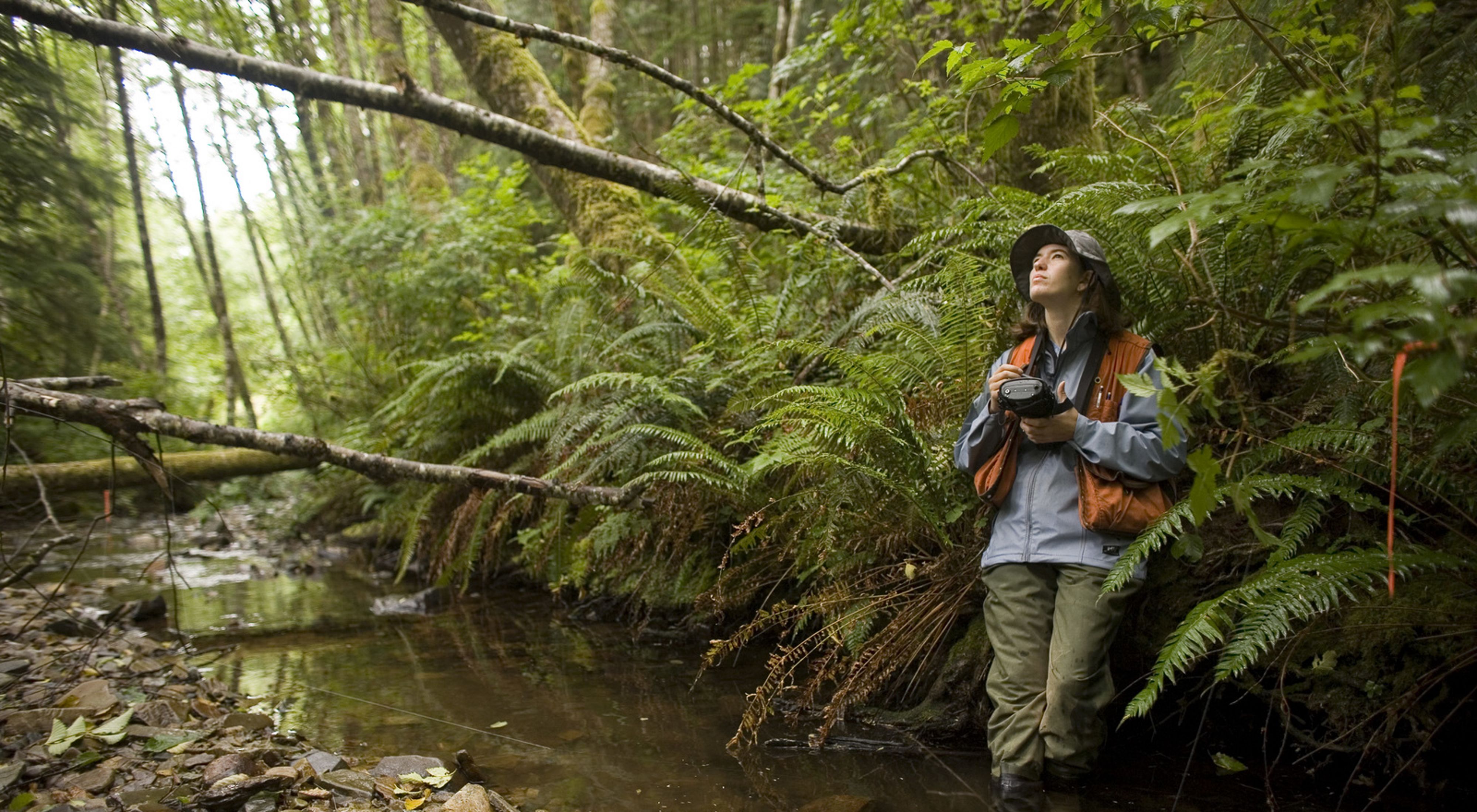New Analysis Finds Persistent Gender Gap Among Published Science at One of the World’s Largest Conservation Organizations
Media Contacts
-
Ciaran Clayton
Email: ciaran.clayton@tnc.org
New analysis published today in Conservation Science and Practice found that peer reviewed literature published by scientists from The Nature Conservancy – one of the world’s largest global conservation organizations – is dominated by men from the Global North, reflecting trends across the global conservation scientific community.
By examining all papers over a 50-year time span (1968 – 2019), researchers from The Nature Conservancy and the University of Queensland found that only 36 percent of authors were women, just 31 percent of all first authorships were women, and 24 percent of last authorships were women. By comparison, seven individual men from the Global North comprised nine percent of all TNC authorships. The total number of women publishing at TNC has improved over the decades, however the proportion of women to men remains below gender parity and the proportion of women from the Global South remains below three percent.
“Unfortunately, TNC mirrors a problem seen across the scientific community – women and scientists from the Global South are underrepresented and, in some cases, completely absent.” said Robyn James, TNC’s gender and equity advisor, doctoral candidate in women in conservation at the University of Queensland, and lead author of the paper. The world is facing some monumental conservation and climate challenges requiring diverse, creative, and scalable solutions. Simply put, these perspectives can no longer be excluded.”
Co-author, Cynthia Nakazoete, a conservation practitioner with TNC in Solomon Islands, added, “I have seen first-hand how women are often excluded from scientific research and publishing, but I’ve also seen first-hand how involving women in natural resource management, decision-making, and science leads to better outcomes for both communities and the environment. Co-authoring this paper has been a highlight of my career and I hope that it can be used across the scientific community to implement lasting change.”
Research has found that women face many structural disadvantages and barriers to leading research and publishing. These can include leave and pay inequity; women’s outsized roles in caring for families while working; and, institutional conscious and unconscious bias, including harassment and discrimination. These conditions are particularly acute for women in the Global South where the costs of accessing and publishing literature may be completely cost prohibitive and opportunities for research and collaboration are low.
“While the organization has taken steps to increase representation, we have more work to do for our science and other knowledge bases to be truly inclusive,” said Meera Bhat, global director of equitable conservation. “I look forward to working with our scientists and colleagues to reverse these trends by centering and crediting women, especially from the Global South, for their tremendous contributions to the fields of conservation and climate change.”
In addition, the paper’s authors recommended that organizations, including TNC:
- Advocate for policy and structural reforms to address systemic gender discrimination in hiring, pay and benefits, and promotion opportunities.
- Build awareness around bias and systemic barriers. Organizations should invest in and implement opportunities for all staff to better understand unconscious bias, power and privilege, and historical contexts of science and conservation disciplines.
- Men should collaborate and co-author with women and authors in the Global South. Organizations can also consider performance metrics where men must include at least one woman (and authors from outside the Global North) on research and support teams to lead and publish their research.
- Include women who perform “invisible labor” as paper co-authors. Women who lead data entry, literature review, and other tasks can contribute their insights and be included as co-authors.
- Acknowledge inequitable resourcing and directly support women to focus on research and publishing. Organizations should require men to equally share in office housekeeping, and actively encourage and support women to have dedicated time for research and writing.
- Organizations should support women who primarily speak languages other than English to publish. The difficulty and extra work for men and women to research and publish in English, which is considered the publishing language of science, should be purposefully resourced and accommodated. Leaders should actively encourage and provide resources. Support options may include resourcing English translation and editorial support throughout the entire process to final submission (for which directions are often in English). This can be a long and intimidating process for many.
- Offer dedicated research and publishing support for women. Many organizations, including TNC, offer courses to help staff publish. Trainings that are accessible in preferred/spoken languages and culturally relevant may facilitate an increase in writing and publishing. Publishing is a long process, and ongoing and dedicated mentoring support from experienced authors should be provided throughout the entire process, resourced, and built into workplans.
- Anticipate and manage the potential negative impacts of COVID-19 on women. Create enabling environments for women to research and publish, such as: longer deadlines, mentoring partnerships with experienced authors, flexible working agreements/time management processes, and engagement with women scientists who are not currently employed by an institution.
Notes for Editors
James R., Ariunbaatar J., Bresnahan M., Carlos-Grotjahn C., Fisher J.R.B., Gibbs B., Hausheer J.E., Nakozoete C., Nomura S-K., Possingham H., Lyons K. Women in conservation publish less than men. Conservation Science and Practice
The Nature Conservancy is a global conservation organization dedicated to conserving the lands and waters on which all life depends. Guided by science, we create innovative, on-the-ground solutions to our world’s toughest challenges so that nature and people can thrive together. We are tackling climate change, conserving lands, waters and oceans at an unprecedented scale, providing food and water sustainably and helping make cities more sustainable. Working in more than 70 countries and territories, we use a collaborative approach that engages local communities, governments, the private sector, and other partners. To learn more, visit nature.org or follow @nature_press on Twitter.
